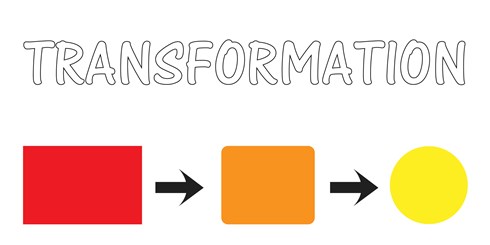Will Your Next Sales Transformation Be a Remodel or Rebuild?
A sales transformation, like a home transformation, can be approached in many ways that fall into two major categories – either a remodel or a rebuild. Do you ever catch yourself watching a show on HGTV (Home & Garden TV)? HGTV broadcasts a variety of shows that focus on home improvement, gardening, crafting and remodeling. As a homeowner, I have developed a true love and appreciation for the things they are able to transform on the show. It’s amazing what people are able to accomplish as they form a vision, build a plan and execute the plan.
I was watching a show recently called Flip or Flop where a couple was deciding what to do with a house they had just bought in foreclosure. They debated whether the house needed multiple smaller renovations or a complete tear down. A comment from a contractor to the couple caused me to chuckle. The contractor told them, “I just bought this new tool that will take care of the job – a bulldozer.” The episode got me thinking about the work we do with clients around sales transformation.
Transformation is defined as a change in form, appearance or structure. A sales transformation, like a home transformation, can be approached in many ways that fall into two major categories:
- Remodel
- Rebuild
An example of a “remodel” sales transformation happened last year when a client carved out a new business unit within their large sales organization. The new unit’s focus is on enterprise-wide deals. This generated the need to redefine roles and implement an account planning process in order to be successful. As they approached their transformation, they decided to focus on some of the smaller changes that have the biggest impacts.
This year, we had an example of a “rebuild” sales transformation with another client. This client, whose sales organization had been focused mainly on new client acquisitions, decided on a major strategy shift that required them to completely reshape their sales organization. In this case, they brought out the bulldozer and started with a new foundation. In their new approach, acquisition of new clients was eliminated as a proactive effort.
The new focus turned to maintaining the existing customer base to protect recurring revenue streams and expanding in those account through better account management. This rebuild included new roles, new measures of success, new methods to prioritize customers, new methods to build customer strategies and a new customer engagement model. In addition to the roles, measures and methods, a next-level of skills is being developed.
Will your next sales transformation be more of a remodel or a rebuild? See our next posting, where we examine why everyone talks about sales transformation, but only few actually experience it.


